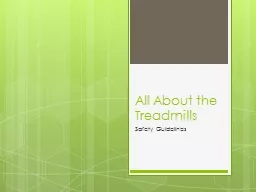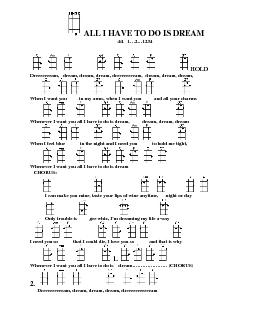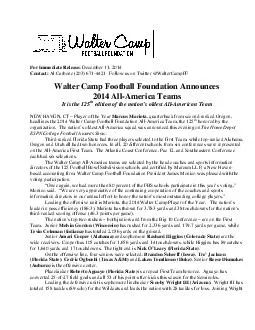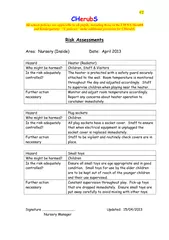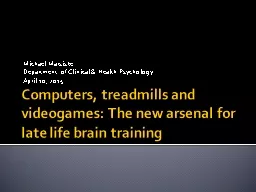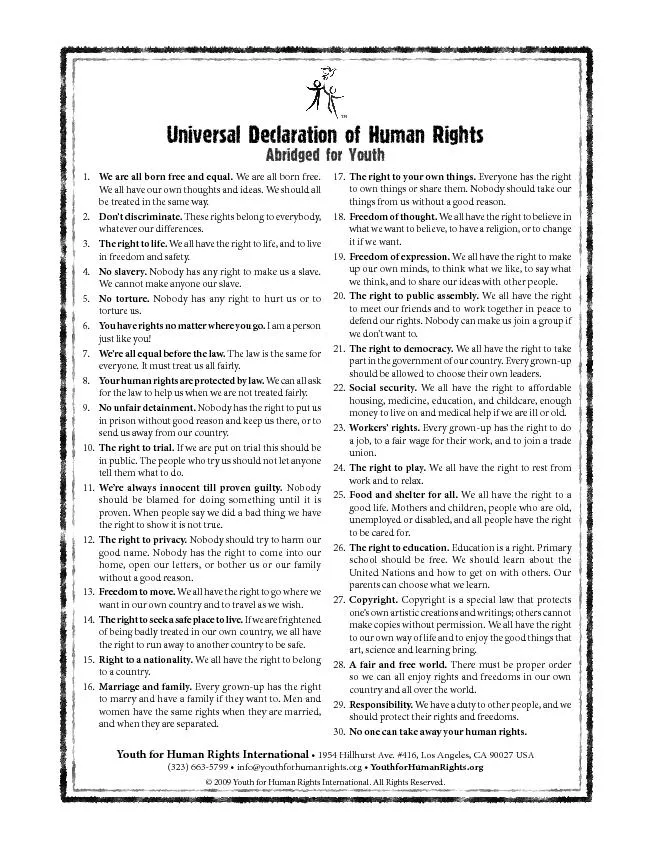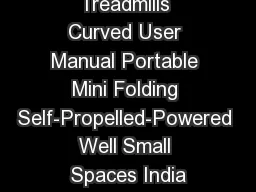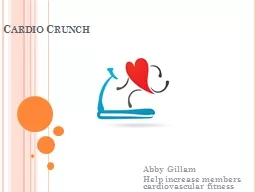PPT-All About the Treadmills
Author : jane-oiler | Published Date : 2016-07-30
Safety Guidelines What is a treadmill Device used for walking or running while staying in the same place Treadmill Timeline 2000 BC Treadmill originated as a power
Presentation Embed Code
Download Presentation
Download Presentation The PPT/PDF document "All About the Treadmills" is the property of its rightful owner. Permission is granted to download and print the materials on this website for personal, non-commercial use only, and to display it on your personal computer provided you do not modify the materials and that you retain all copyright notices contained in the materials. By downloading content from our website, you accept the terms of this agreement.
All About the Treadmills: Transcript
Download Rules Of Document
"All About the Treadmills"The content belongs to its owner. You may download and print it for personal use, without modification, and keep all copyright notices. By downloading, you agree to these terms.
Related Documents

